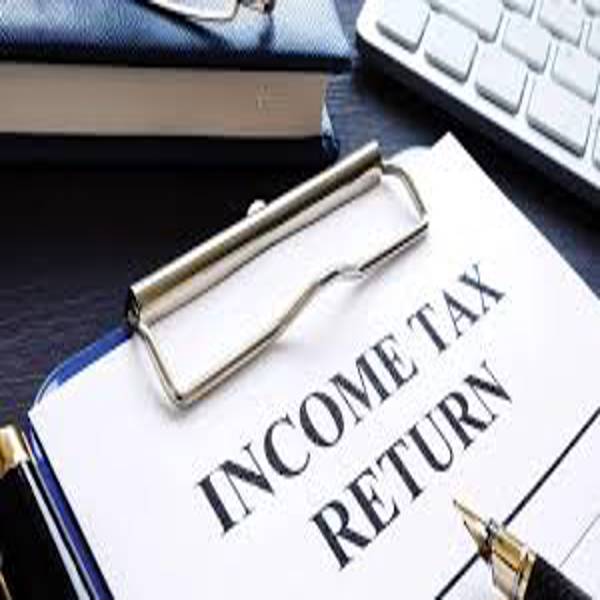Arrangements are in progress to bring a common form for income tax return. The Central Board of Direct taxes (CBDT) has provided a draft in this view.
Accompanying with this, proposals have been sought from stakeholders and common people. As a result, CBDT want to make return filing easier for the taxpayers.
The Finance Ministry on 1 st November proposed a user convenient common income tax return form for all tax payers to divulge income from essential digital assets under a discrete head.
All taxpayers, excluding trusts and non- profit firm, can file returns accompanying with the suggested new generic ITR form, on which the CBDT has summoned stakeholders comments by December 15. At this moment there are 7 types of Income Tax Return Forms which are filled by unalike categorization of taxpayers.
ITR form 1(SAHAJ) and ITR form 4 (Sugam) are the most uncomplicated forms that are used by abundance of small and medium taxpayers. Let us inform you that Sahaj can be filed by a person who gets the income up to Rs 50 lakh, such income is received from salary, property etc. Sugam can be filed by Hindu Undivided Families, individuals and companies whose total earning is up to Rs 50 lakh.
ITR- 2 is to be filed by people who earns from their residential property, ITR- 3 is filed by people having income from business / profession and ITR- 5 and 6 are to be filed by LLP and businessmen. Although ITR- 7 is filed by Trusts.
Also Read :-How to file ITR Online
CBDT Has Said This
CBDT wants to motivate taxpayers to submit the form as soon as possible.
As stated by CBDT the common form will not allow taxpayers to check the schedules that are not relevant or opposite to them. This function will encourage more and more people to File ITR.
At this time there are seven forms of ITR. As stated in the draft of the CBDT, it advances to mix the six into a common form. Although there will be no changes in form 7.
Know What Will Happen to These ITR Form
According to the draft, ITR Form- 1 and 4 will be continued, which will be non- compulsory. This will provide taxpayers the choice to file return in the current form (ITR-1 or ITR- 4) or the scheduled common ITR at their comfort or ease.



